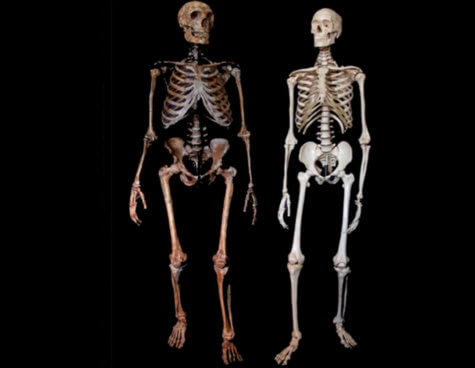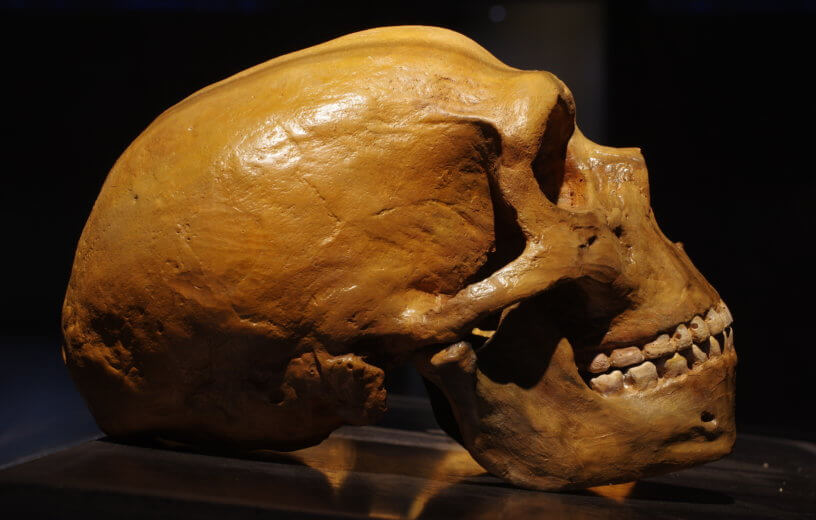GRANADA, Spain — The sudden disappearance of Neanderthals is one of the great mysteries of evolution. Our primitive cousins ruled the planet for 300,000 years, then suddenly vanished. Theories range from climate change to humans’ superior brains or better hunting techniques. Now, scientists believe neanderthals died out because they were less creative than humans, according to new research.
Researchers at the University of Granada have identified 267 genes linked to creativity that gave Homo sapiens the edge. They were their “secret weapon,” providing a major advantage over the rival. What’s more, the proteins boost self-awareness and improve health.
“Thanks to these genes, Homo sapiens enjoyed greater physical fitness than now-extinct hominids, providing them with a superior level of resilience to aging, injury, and disease,” says lead author, professor Igor Zwir in a statement.

The first analysis of its kind shows that humans’ adaptability and fitness was almost twice that of Neanderthals. The findings shed fresh light on the extinction of the Neanderthals and other species.
Inventiveness and imagination may have given us the upper hand beyond the purely cognitive realm.
“Living longer and healthier lives may have prolonged the period of learning associated with youth and adolescence, which would facilitate the accumulation of knowledge,” explains Zwir. “This is a remarkable characteristic of behaviorally modern humans and an important factor in economic and social success.”
Creativity may have encouraged cooperation between individuals in a bid to inspire success among their descendants and the community. This would have set the stage for technological innovation, flexibility and openness to exploration. They were the key to Homo sapiens spreading across the globe more successfully than other human lineages.
The study in British journal Molecular Psychiatry combined AI (artificial intelligence with genetic data and brain scans. It found the new genes are among a group of 972 discovered by the same international team that are connected to personality. They are organized into three separate brain pathways responsible for learning and memory.
“These networks evolved in stages. The most primitive emerged among monkeys and apes about 40 million years ago,” says Zwir. “It is responsible for emotional reactivity. In other words it regulates impulses, the learning of habits, social attachment and conflict resolution.”
The second appeared within the last two million years. It is responsible for self-control, direction and social cooperation.
Finally, the network relating to creative self awareness arrived 100,000 years ago — about 60,000 years before the demise of the Neanderthals. The genes of the oldest network, that of emotional reactivity, were almost identical in Homo sapiens, Neanderthals and chimpanzees.
By contrast, those linked to self-control and self-awareness among Neanderthals were “halfway between” those of chimpanzees and Homo sapiens. Human behavior is not fixed solely by our genes but influenced by multiple interactions with the environment, say the researchers.
“We have the capacity to learn and adapt in light of our experience, even to the extent of modifying the expression of our genes,” adds Zwir. “Human creativity, pro-sociality, and healthy longevity emerged as a response to the need to adapt to the harsh and diverse conditions that reigned between 400,000 and 100,000 years ago.”
It opens the door to new ways to boost health and help us adapt creatively to overcome crises like climate change and pandemics.
SWNS writer Mark Waghorn contributed to this report.
